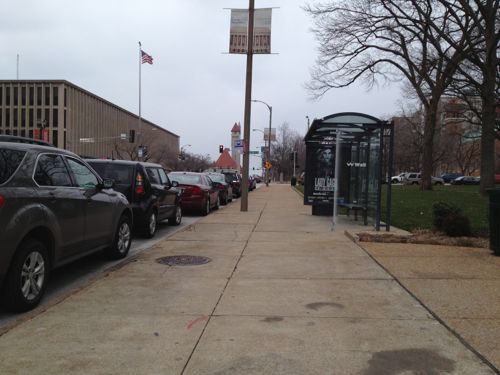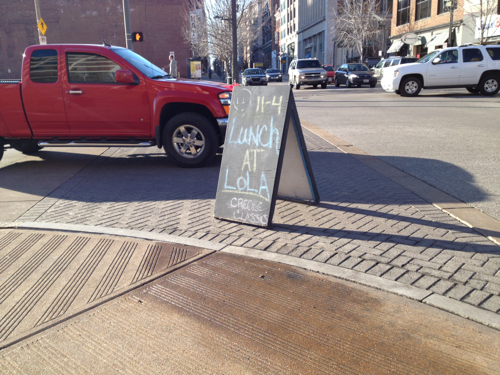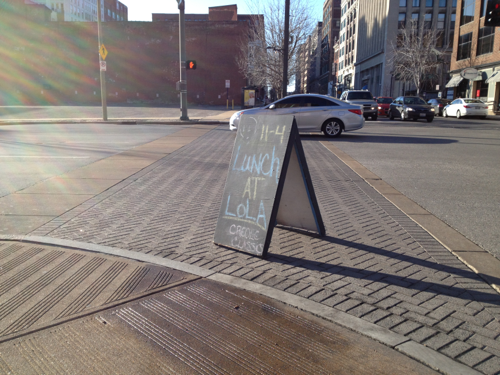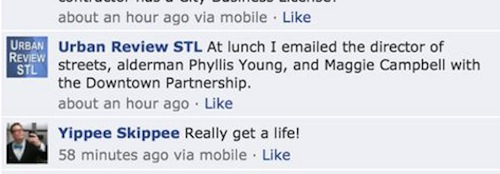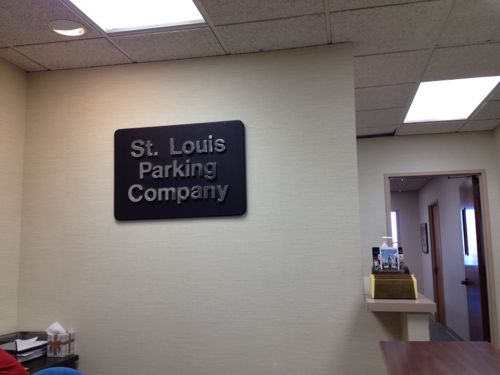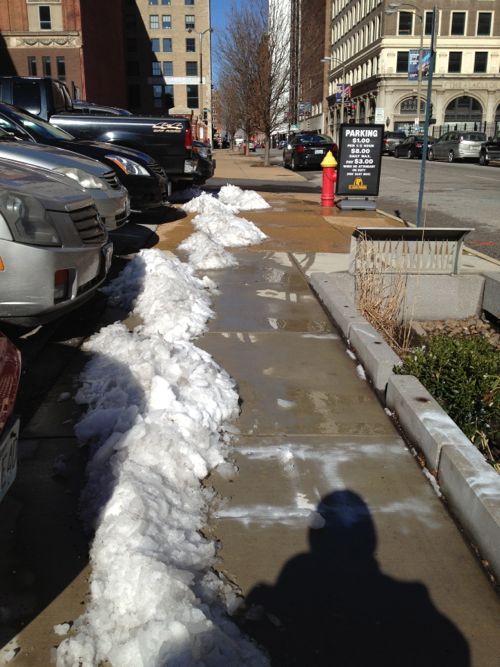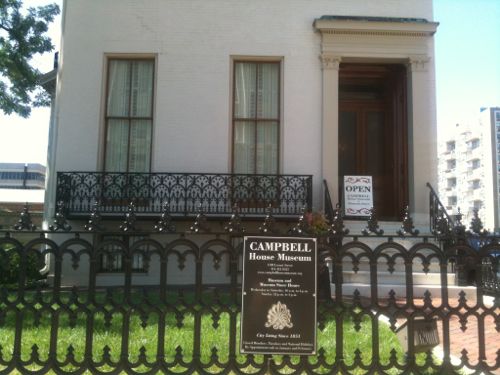Poll: Do You Identify With Any Particular Religion?
Fewer and fewer people are identifying themselves as being part of a recognized religion:
More than one-quarter of American adults (28%) have left the faith in which they were raised in favor of another religion – or no religion at all. If change in affiliation from one type of Protestantism to another is included, 44% of adults have either switched religious affiliation, moved from being unaffiliated with any religion to being affiliated with a particular faith, or dropped any connection to a specific religious tradition altogether. (Pew Forum on Religion & Public Life)
The Pew Forum on Religion & Public Life: U.S, Religious Landscape Study is interesting reading, to me at least.
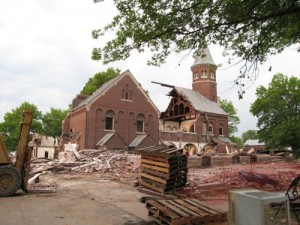
Highlights in the report include
- Men are significantly more likely than women to claim no religious affiliation. Nearly one-in-five men say they have no formal religious affiliation, compared with roughly 13% of women.
- Among people who are married, nearly four-in-ten (37%) are married to a spouse with a different religious affiliation. (This figure includes Protestants who are married to another Protestant from a different denominational family, such as a Baptist who is married to a Methodist.) Hindus and Mormons are the most likely to be married (78% and 71%, respectively) and to be married to someone of the same religion (90% and 83%, respectively).
- Mormons and Muslims are the groups with the largest families; more than one-in-five Mormon adults and 15% of Muslim adults in the U.S. have three or more children living at home.
- The Midwest most closely resembles the religious makeup of the overall population. The South, by a wide margin, has the heaviest concentration of members of evangelical Protestant churches. The Northeast has the greatest concentration of Catholics, and the West has the largest proportion of unaffiliated people, including the largest proportion of atheists and agnostics.
- Of all the major racial and ethnic groups in the United States, black Americans are the most likely to report a formal religious affiliation. Even among those blacks who are unaffiliated, three-in-four belong to the “religious unaffiliated” category (that is, they say that religion is either somewhat or very important in their lives), compared with slightly more than one-third of the unaffiliated population overall.
- Nearly half of Hindus in the U.S., one-third of Jews and a quarter of Buddhists have obtained post-graduate education, compared with only about one-in-ten of the adult population overall. Hindus and Jews are also much more likely than other groups to report high income levels.
- People not affiliated with any particular religion stand out for their relative youth compared with other religious traditions. Among the unaffiliated, 31% are under age 30 and 71% are under age 50. Comparable numbers for the overall adult population are 20% and 59%, respectively.
- By contrast, members of mainline Protestant churches and Jews are older, on average, than members of other groups. Roughly half of Jews and members of mainline churches are age 50 and older, compared with approximately four-in-ten American adults overall.
- In sharp contrast to Islam and Hinduism, Buddhism in the U.S. is primarily made up of native-born adherents, whites and converts. Only one-in-three American Buddhists describe their race as Asian, while nearly three-in-four Buddhists say they are converts to Buddhism.
- Jehovah’s Witnesses have the lowest retention rate of any religious tradition. Only 37% of all those who say they were raised as Jehovah’s Witnesses still identify themselves as Jehovah’s Witnesses.
- Members of Baptist churches account for one-third of all Protestants and close to one-fifth of the total U.S. adult population. Baptists also account for nearly two-thirds of members of historically black Protestant churches.
This changing religious landscape, along with a huge drop in population, has left St. Louis with many vacant & underutilized churches. More on this on Wednesday February 20th when I present the results of this week’s poll.
The poll asks how you identify, the options are:
- Christian – Protestant
- Christian – Catholic
- Christian – Mormon
- Christian – Jehovah’s Witness
- Christian – Other
- Jewish
- Buddhist
- Muslim
- Hindu
- Other
- Unaffiliated – Atheist
- Unaffiliated -Agnostic
- Unaffiliated -Secular
- Unaffiliated -Religious
- Don’t Know/Rather Not Say
The poll is in the right sidebar.
— Steve Patterson
